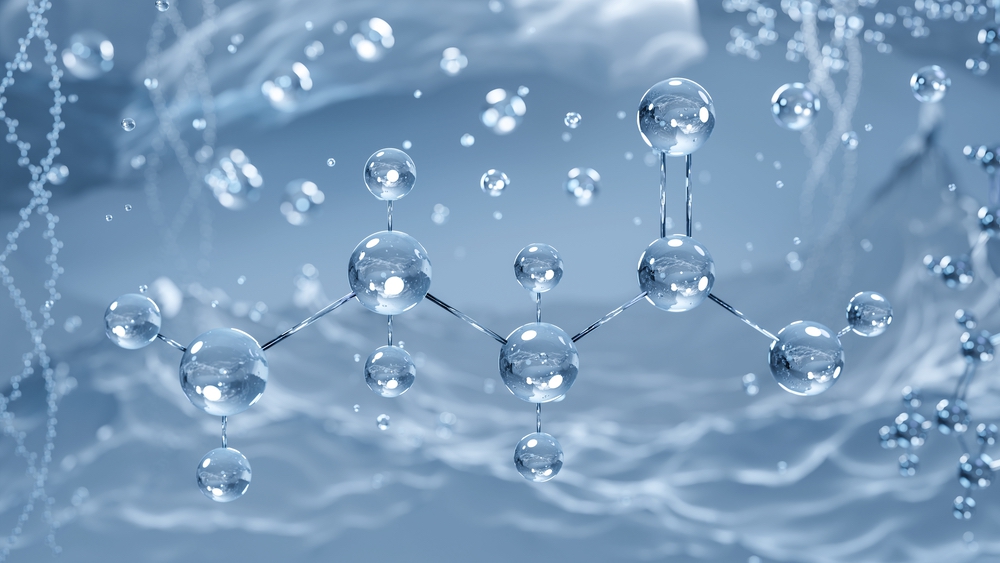ABNORMAL PURINE AND PYRIMIDINE METABOLISM IN AUTISM: NEW URIC ACID TEST AND RELATED TREATMENT FOR PEOPLE WITH UNIQUE SUBTYPES OF AUTISM AND PDD
Ted Page, PhD, and Mary Coleman, MD, have established that abnormalities of purine and pyrimidine metabolism are common in children with autism and PDD. These abnormalities began to be reported over 30 years ago, but progress has been hampered because only a small number of laboratories performed these tests and these laboratories performed testing on a very sporadic basis. The children with these genetic diseases have many or all of the classic symptoms of autism and therefore cannot easily be distinguished from “typical” children with autism. A critical finding of Page and Coleman is that two major subtypes of this disorder can be distinguished by a simple clinical test of urine, which is the content of uric acid.
Purines and pyrimidines are the building blocks of nucleic acids DNA and RNA, which carry the genetic code for all living creatures. Purines and pyrimidines can be attached to a sugar, forming compounds called nucleosides. Compounds called nucleosides can have one or more phosphate groups attached to them, making them compounds called nucleotides. The names of these different compounds are given below:
BASE
Uracil
Thymine
Cytosine
Adenine
Guanine
NUCLEOSIDE
Uridine
Thymidine
Cytidine
Adenosine
Guanosine
NUCLEOTIDE
Uridylic Acid
Thymidylic Acid
Cytidylic Acid
Adenylic Acid
Guanylic Acid
DIHYDROPYRIMIDINE DEHYDROGENASE DEFICIENCY
I became interested in the role of these compounds after noticing that a significant number of children with autism had high amounts of the compound uracil in the urine tested with the Organic Acids Test in our laboratory. The upper limit of normal is 22 mmol/mol creatinine but we found that one child with autism had a value of 360 mmol/mol creatinine and perhaps 15% of all children with autism had elevated values to a lesser degree. This was a very interesting finding since there is an inborn error of metabolism called dihydropyrimidine dehydrogenase deficiency in which both uracil and thymine are elevated in the urine. Some of the individuals with this disorder had autistic symptoms. However, the individuals with the abnormality of uracil detected in The Great Plains Laboratory invariably had normal or very slightly elevated values for thymine in the urine. Therefore, I assumed they didn’t have dihydropyrimidine dehydrogenase deficiency. However, Ted Page suggested to me that these individuals might have a form of enzyme deficiency in which thymine could be processed by the enzyme but uracil could not. This is an area of great interest and The Great Plains Laboratory will be involved in developing an enzyme test for this abnormality that can be done on blood.
LOW URINE URIC ACID AND ELEVATED NUCLEOTIDASE IN AUTISM
A subtype of autism responds to dietary pyrimidine supplementation. In the 1990s Ted Page and his associate reported a biochemical abnormality in a group of patients with low urine uric acid. The syndrome is also associated with elevated levels of an enzyme that breaks down nucleotides called nucleotidase in the cells of skin samples. The symptoms of the patients included developmental delay, seizures, impaired fine motor control, distractibility, hyperactivity, abnormal social interaction, speech deficit, immune deficiency, and frequent infections. Treatment with pyrimidine nucleotides or nucleosides resulted in a marked improvement in symptoms in a double-blind placebo trial. The sugar ribose which combines with pyrimidines to form nucleosides was also therapeutically beneficial but to a degree lesser than the nucleosides. The exact frequency of this disorder is unknown because only a small number of children with autism have been tested for this abnormality.
HIGH URIC ACID AND AUTISM
High uric acid is a subtype of autism that responds to dietary restriction of purines and/or allopurinol. Page and Coleman reported that there is a group of patients with autism (perhaps as high as 20% of all people with autism) with high amounts of uric acid in the urine, lack of interest in social contact, impaired communication, stereotypical behavior consisting of repetitive motions, toe-walking, hand-flapping, increased auditory sensitivity, self-injurious behavior, and decreased sensitivity to pain. Seizures were found in six of the nine patients. Treatment with the drug allopurinol or a diet low in purines (that form uric acid) reduces symptoms. The cause for this increase in uric acid is unknown but is probably due to a defect in the interconversion of purine compounds. The standard test for elevated uric acid in serum may not be abnormal in this disorder so the urine test is preferred.
ABNORMAL SUCCINYLPURINES AND AUTISM
A classic inborn error of metabolism, adenylosuccinate lyase deficiency, is associated with autistic symptoms although individuals with this disorder may not fulfill all of the DSM-IV criteria for classic infantile autism. Individuals with this abnormality lack the ability to produce purines efficiently. The Great Plains Laboratory is working on a test for this abnormality and will have the test available in the near future.




